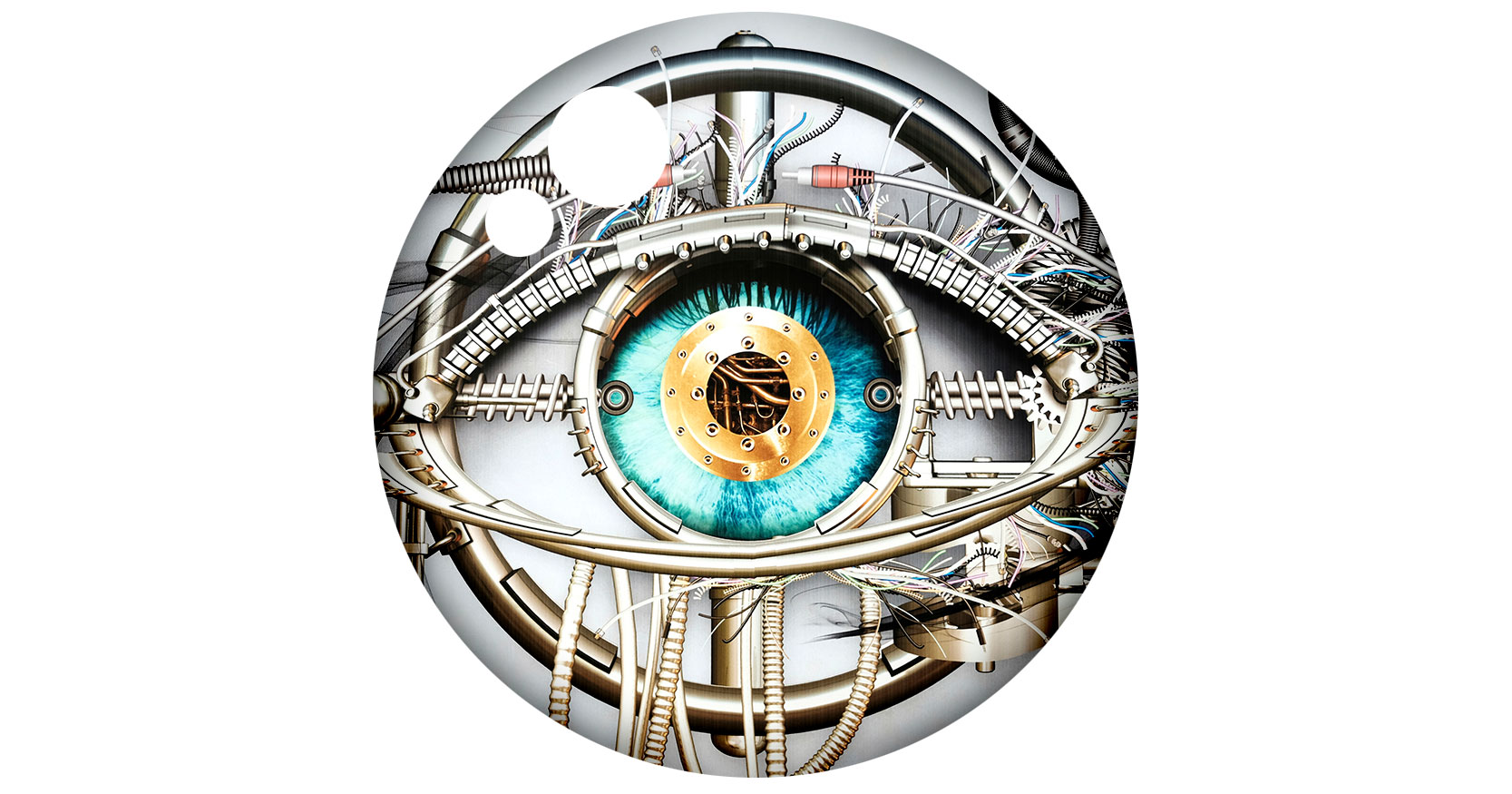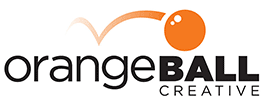
What You See, You Do
Visibility. Of all the things we do in our work, using our eyes may be one of the most important keys to success. Cells in our eyes, the retinas specifically, take light and colors and convert them into signals that speak to our brain. These impulses are relayed to us, and we’re able to take that information and use it to make decisions, read our environment, detect danger, and see opportunity. It all happens so fast that we take it for granted most days, but the reality is this – what we see, we do. Here’s how to turn this reality into immediate impact, both professionally and personally…
Let’s start with this. You and your team have goals for the coming year. Perhaps you’ve broken those goals down into smaller, bite-sized chunks that you can take on in ninety-day increments. The reality is this – achieving those goals is next to impossible if they are not visible to you on a regular basis.
Even as this is being written, just beyond the computer monitor there is a handwritten reminder of the goals that matter for the next ninety days. Each week, on Monday mornings, our team revisits those goals together. We walk through a visual scorecard that measures our progress in chasing these goals and reminds us of the commitments we’ve made. We also do a visual review of all the projects we’re working on that week and where we’re at on each one.
Even in a virtual environment, the opportunity to reconnect with our goals visually is vital. It keeps them always in front of us and makes them top-of-mind amid all the other noise and distractions. To be completely transparent, there are occasional weeks where people are traveling or holidays bump those Monday meetings. When we miss those opportunities to see our goals each week, it is harder to stay focused on where we’re going.
The same applies to creating content to help build your brand and drive awareness. We’ve preached this over the past year – creating a detailed calendar that outlines your plan and how you’ll show up each month on social, in your blogs, on video, and through email is not a “nice-to-have” – it is essential.
Once you develop it, that calendar is another visual guide that you can go to for help staying on track. It eliminates the uncertainty and vagueness that can come with creating content and brings clarity to the entire process. What will you share, where will you share it, and who will be responsible for making it?
A good calendar checks all of those boxes. Just like we mentioned up top in the goals section, this calendar needs to be seen to be valuable. Creating it is only the first step. If what we see is what we do, then revisiting this calendar every week, and keeping it where we can see it throughout the week, is where its real value lies.
The last area where being able to see drives what we do is tied to our monthly and daily calendars. The same as the content calendar we just discussed, entering items into our daily and monthly calendars makes those events real. Things to do, deadlines to meet, time to connect and celebrate, blocked time for creativity and thinking… all of these need to live in our calendars. Then, being able to open those calendars each day and visually see what’s coming is the key to keeping us on track.
Call-to-Action
What you see is what you do. If we take advantage of it, it’s a concept that can help us reach our goals, stay focused, and get stuff done. As we shared above, seeing is the key to doing. When things go unseen, they can easily get lost in the noise and the distractions of our days. With that in mind, look at the areas above and build “seeing” into your days!
Ready for more?
OrangeBall Insights has always been a place to share ideas, explore our purpose and leadership, and chat a little bit about marketing. If this resonated and you’d like to receive weekly ways to bounce higher every day, subscribe here.



